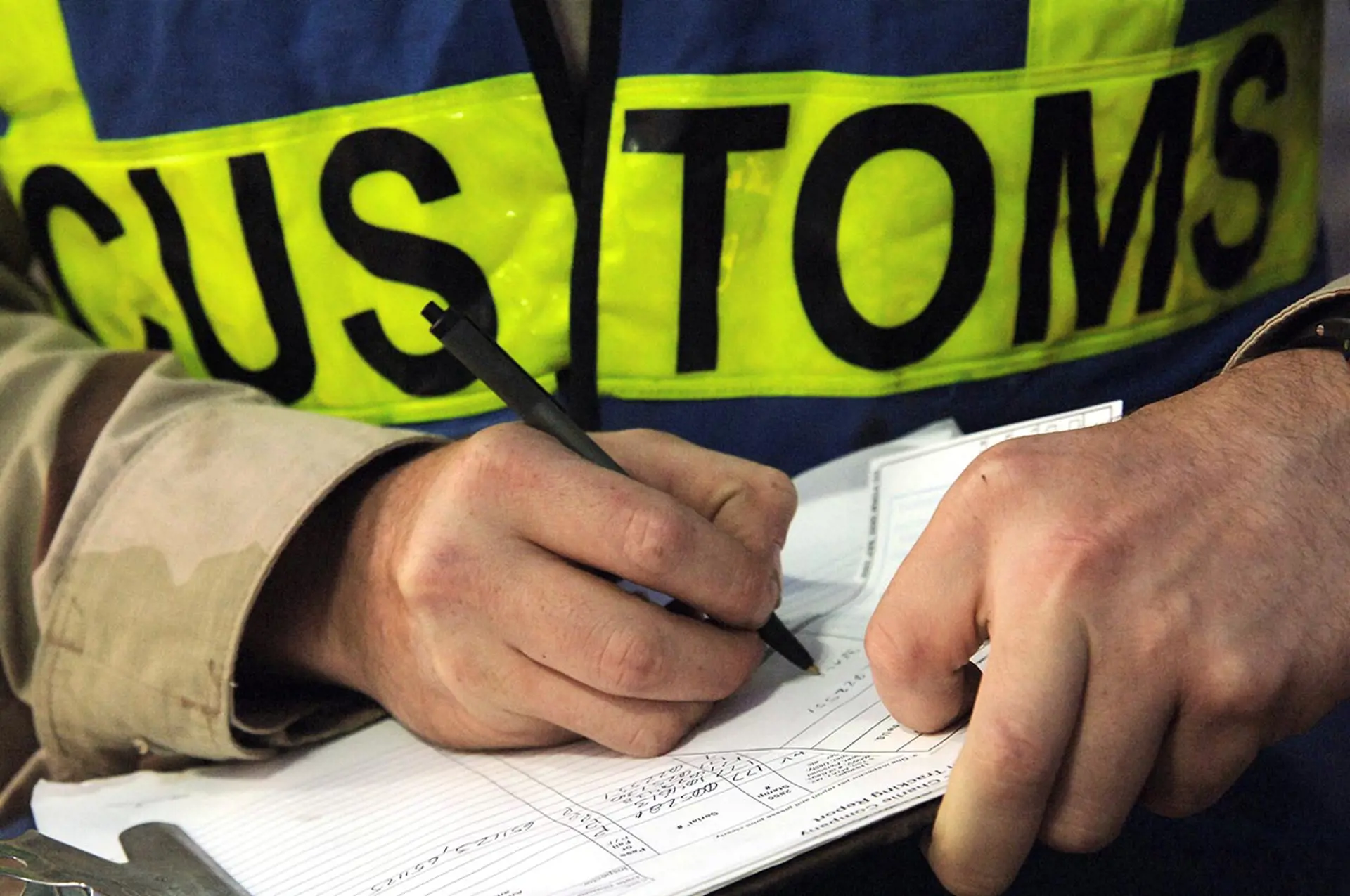How to handle dangerous goods
Blog
Are you in compliance with the legal requirements for shipping dangerous goods?

When your company has to transport dangerous goods, safety must be taken into account and a number of rules must be followed. Read more in this blog post to learn more about your responsibilities and how to comply.
Blue Water has extensive experience in the transport and handling of dangerous goods. We ensure that all relevant employees are continuously trained according to legislation and that equipment complies with applicable standards.
Please note that this guide to dangerous goods is an introduction to dangerous goods regulations, but cannot be considered a complete set of rules. It is also important to consider the different sets of rules that apply depending on the mode of transport. You are always welcome to contact your local Blue Water office for further information.
What are dangerous goods?
Dangerous goods are substances or objects that pose an immediate risk to people, the environment or property in various ways. This also applies to infrastructure and means of transport, and therefore there are higher requirements to fulfil for these shipments.
When it comes to the transport of dangerous goods, different legislations apply depending on which modes of transport are involved. The international regulations include the following:
- Road transport: Regional local rules - in Europe: ADR Convention
- Sea freight: IMDG code
- Air freight: ICAO/IATA DGR
- Rail transport: Regional local rules - in Europe: RID Convention







